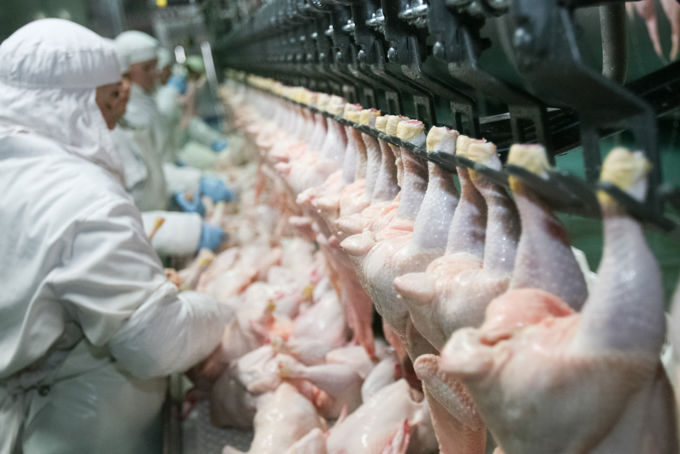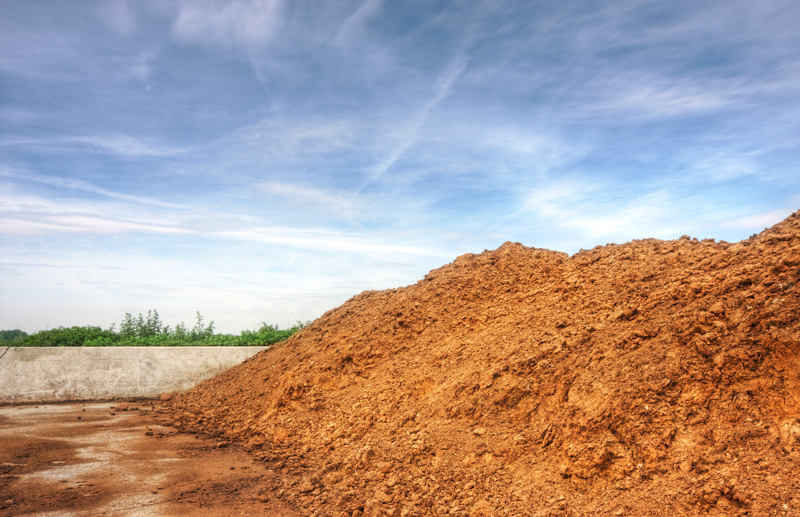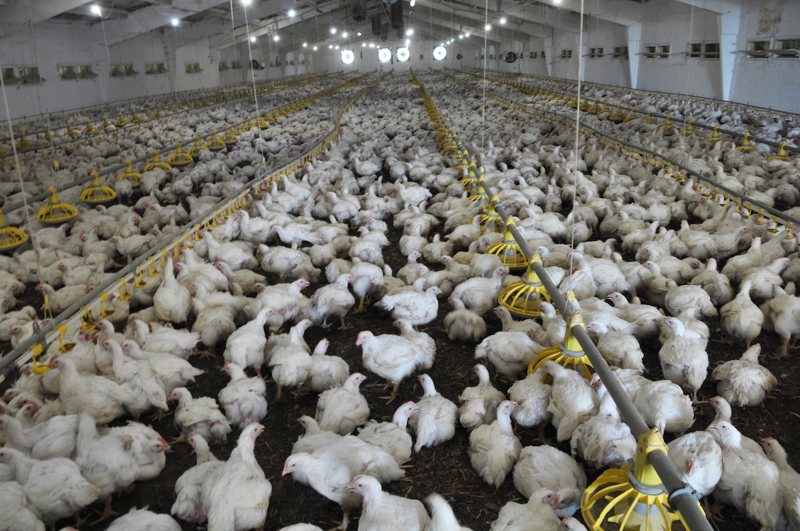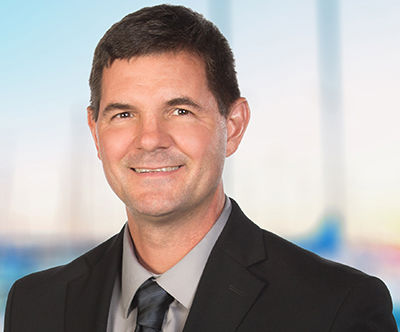
Poultry Farms In Virginia - Eastern Shore Environmental Impact of Chicken Farming
Updated Look at Virginia's Eastern Shore Poultry Industry
Last year I published an article on this blog called Large Poultry Farming Operations Harm the VA Eastern Shore Environment. Since that article was published, there have been several developments which warrant an update.
Effects of Poultry Farming On The Environment
The poultry industry is a huge employer on Virginia’s Eastern Shore. It brings in millions of dollars to the local economy and provides hundreds of jobs. However, this comes at a price. Many citizens are concerned about the environmental impact of the hundreds of large-scale chicken houses containing hundreds of thousands of birds. In my previous article I described the use of Confined Area Feeding Operations (CAFOs) in industrial farming and the environmental impact caused by the enormous amount of animal waste produced in these facilities. I also explained that on the Eastern Shore, residents are particularly concerned about the runoff of nitrogen into the tributaries and streams which feed the Chesapeake Bay. Additionally, since all of the drinking water on the Eastern Shore comes from underwater aquifers, locals are understandably concerned not only about their only water source becoming polluted, but also about the disproportionately large amount of water used by the poultry industry in the processing plant and CAFOs. I also explained how an experienced waterfront attorney can assist in filing a Citizens Environmental Suit under the Clean Water Act to force governmental agencies to enforce state and local environmental regulations.
Animal Waste Entering Eastern Shore’s Environment
As explained in my previous article, numerous studies show that increased nitrogen levels from animal waste leads to harmful algal blooms and “dead zones” in the waterways and the Bay. Animal waste is introduced into the Eastern Shore’s environment in two primary ways. The first is through waste discharge directly from the processing plants and CAFOs themselves. The second is from local farmers who use the chicken waste as fertilizer, which then seeps into the groundwater and ends up in soil and ultimately in the Bay.

Example of animal waste. Growing/processing facilities create a large volume of chicken manure. (Matauw / shutterstock.com)
Nitrogen Runoff Studies
The Virginia Institute of Marine Science (VIMS) has recently conducted two studies about nitrogen runoff on the Eastern Shore. Citizens for a Better Eastern Shore, one of our partner groups, has published a very informative article in their March 2020 monthly newsletter which discusses both studies. The article explains that while the two VIMS studies appear to contradict each other, in fact they are not at odds and both provide valuable information.
The first study, entitled “Water Quality in Southern Accomack County Watersheds” was published on February 12, 2019. The study can be found as Attachment (1) to Accomack County’s 2019 Annual Poultry Report. This study sampled nitrogen levels in the headwaters of dozens of creeks, comparing the nitrogen levels in creeks located near poultry farms to those located farther away. Somewhat surprisingly, that study did not show an appreciable correlation between proximity to poultry farms and nitrogen levels in nearby waterways. This study was widely reported in local media and touted by the poultry industry, but its methodology and results were the subject of debate among local citizens. The results were also questioned by environmental groups such as the non-profit Chesapeake Bay Foundation, which in December of 2019 commissioned its own study finding that the 600 poultry houses on the Eastern Shore are responsible for emitting approximately 33.8 million pounds of ammonia per year, 22.4 million pounds of which was deposited to land and water on the Eastern Shore.
The second, more recent VIMS study was published in January of 2020. It focused not on measuring the amount of nitrogen in waterways, but on what happens to the nitrogen once it’s in the water. Specifically, VIMS endeavored to discover whether waterways near poultry farms undergo “denitrification” at different rates than streams located farther away. Denitrification is a natural process by which microbes in creek beds capture nitrogen and either bury it in the sediment or release it into the atmosphere to keep it from entering the Chesapeake Bay.
Unlike the first study which looked at multiple waterways, this most recent study used only two streams. Nickawampus Creek, which is not located near any poultry operations, was used as the control waterway. Parker Creek, located in close proximity to the Perdue plant, was the test subject. The study found significantly lower numbers of denitrifying microbes in Parker Creek than in Nickawampus Creek. In other words, more nitrogen is getting into the Bay from the stream located near the Perdue plant than is getting into the Bay from the stream farther away.

Example of the inside of a poultry farm (Orest Lyzechka / shutterstock.com)
Effects of Poultry Farm Pollution
Scientists are not sure why the creek nearer to the chicken processing plant has lower levels of denitrifying microbes than the one located farther away, but speculate that it could be caused by the release of chemicals such as disinfectants or antibiotics from the plants. Representatives from the Delmarva Poultry Industry vehemently dispute this, saying that Eastern Shore chicken processing operations ceased using all antibiotics in 2017, and that all chemical discharges from the plants are below the standards required in their NPDES permits. They also point out that unlike the earlier study which looked at multiple different streams and found no correlation between the chicken industry and the amount of nitrogen in the water, the more recent study used only two waterways. Nonetheless the results indicate that while the levels of nitrogen may not be higher in streams located near poultry operations, there is “something in the water” near these plants which causes more nitrogen to end up in the Chesapeake Bay. This seems to corroborate numerous other studies in Maryland and Virginia which have shown significantly elevated levels of nitrogen in the Bay.
What is Poultry Farming?
Poultry farming is when companies or individuals raise domesticated birds such as chickens, ducks, turkeys and geese to produce meat or eggs for food. Poultry – mostly chickens – are farmed in great numbers.
Looking for Legal Support?
Regardless of which side you are on, one thing is clear. The debate between the Eastern Shore’s poultry industry and the residents who live in the community will continue to rage on. Stay tuned to this Blog for the latest developments, and feel free to contact us here for more information.
